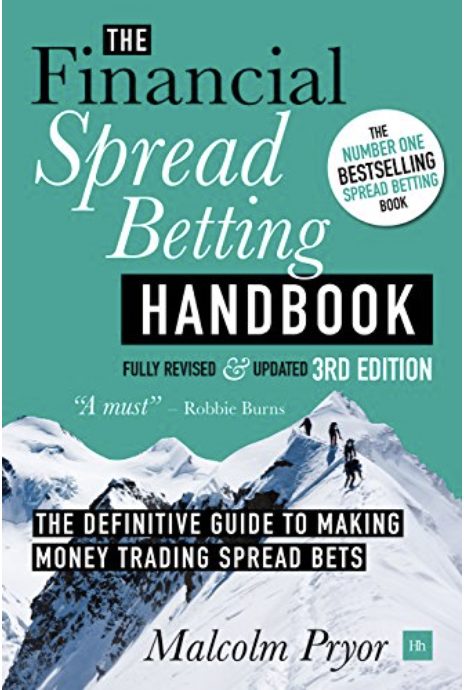Gambling: Point Spreads Explained

What does it mean when you have to “cover the spread” to win an NFL or NBA bet? Here’s where point spreads came from and how they work. Tweet

So maybe you heard a buddy bellyaching about losing a bet because “the Jazz couldn’t cover.” He’s talking about a common method of sports betting – especially on football and basketball – where you wager “against the spread.”
First of all, if betting against the spread is new to you, it unfortunately may not be what you think:

Heart-breaking as it may be, it’s a math thing that involves the performance of the players not the cheerleading squad.
Sports Illustrated has a well-informed series on sports betting and also published a definitive profile of the man who invented “the spread” in the early 1940s, a mathematician and professional gambler named Charles K. McNeil.
Back then, if you wanted to bet on a football game with your local bookie, you got odds on the winner – the Bears would pay 2-to-1 if they beat the Giants, for example. You can still bet that way, but McNeil opened his own book-making joint in Chicago and introduced what he called “wholesaling odds,” which was betting on point spreads. And the crowd went wild, as they say.
How it works: Oddmakers predict by how many points the favored team will beat the underdog. So if the Eagles are 6-point underdogs against the Chargers and you bet the Chargers to win, the Chargers have to beat the Eagles by more than a touchdown for you to collect. If the Chargers win by three on a last-second field goal, hey, good for them but you still lose.
Favored teams will be listed with a negative point spread, such as Chargers (-6). Underdogs have a positive number, such as Eagles (6). One way to refer to this is the Eagles are “getting six.”
If a favored team wins by exactly the spread number – Chargers by 6 – then the bet is a “push” and you get your wager back.
Got it? Good. Now go put on your smoking jacket, light a stogie, and call your bookie (or open your favorite sports betting app). These games won’t bet on themselves.
But first this public service announcement:
Gambling is fun, until it’s not. Problem gambling leads to more problems. If you need help, you can get it here.
Not sure if you have a problem or not?
Let James Caan, in The Gambler, show you what problem gambling looks like:















